wifi6
Latest
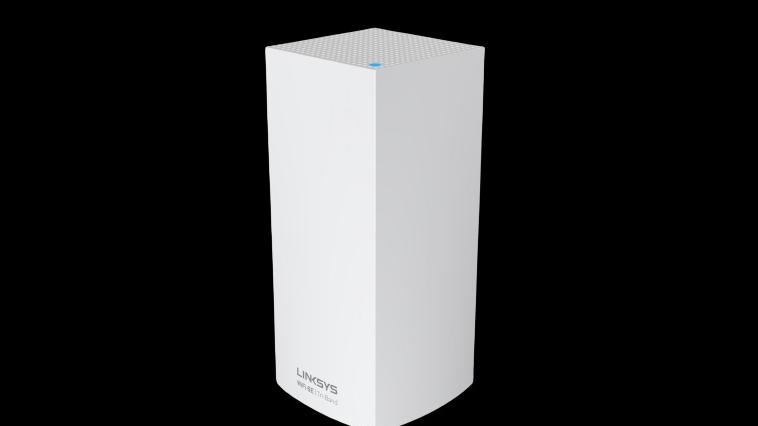
Linksys reveals a WiFi 6E mesh system starting at $450
A single AXE8400 node costs $450 and will cover up to 3,000 square feet.
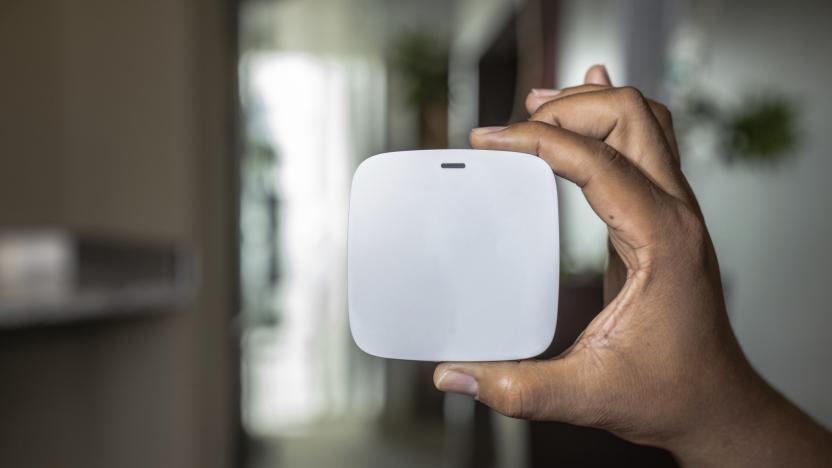
Qualcomm's next-gen mesh network tech supports palm-sized routers
Nodes based on the Immersive Home Platform could flood your home with gigabit WiFi.
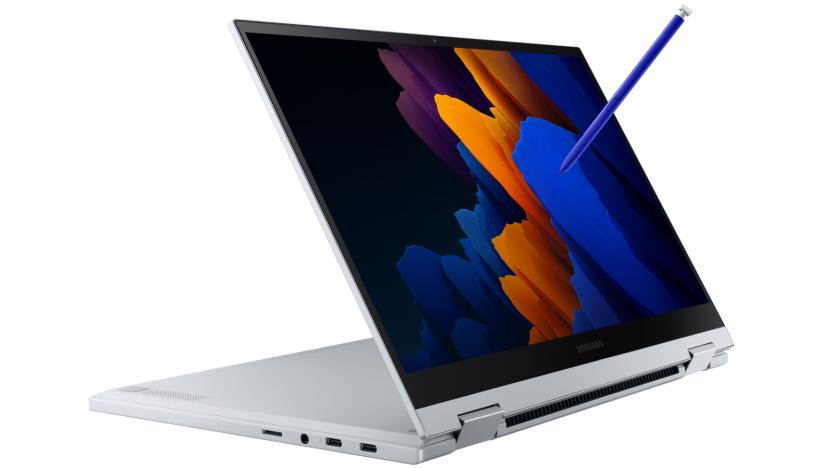
Samsung's latest Galaxy Book Flex gets 5G and 11th-gen Intel CPUs
The 2-in-1 has a '13MP world-facing camera,' in case that's something you ever wanted.
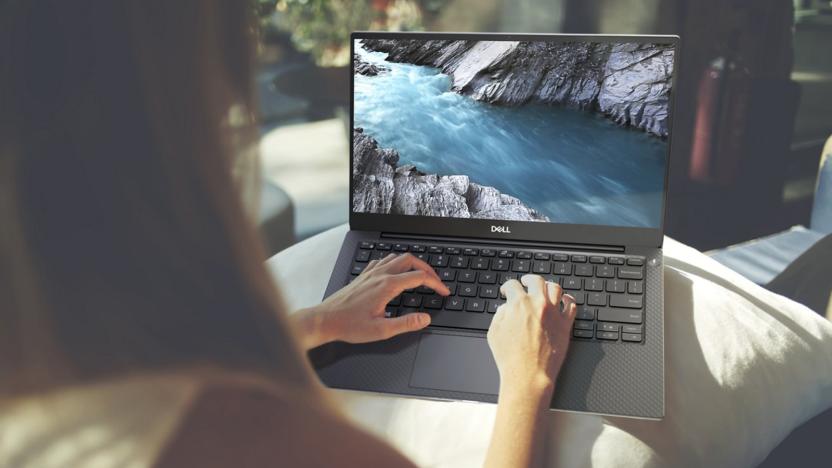
Dell's XPS 13 now comes with the latest Intel 10th-gen processors
Intel has unveiled its 10th-gen Core processors for ultraportable laptops, so naturally, there are some new laptop announcements, too. Probably the best known ultraportable is Dell's XPS 13, and that model can now be purchased with Intel's 10th-generation, six-core U-series Core i7 CPUs, Dell announced. While these aren't the 10-nanometer chips you might have been waiting for, Intel has promised overall speed gains in the realm of 16 percent compared to 9th-gen CPUs.

ASUS' latest WiFi 6 router looks appallingly normal
When you look up WiFi 6 routers, you tend to get a bunch of nightmare-inducing designs that resemble gigantic dead spiders. Luckily, brands like Netgear and TP-Link have shown that such products can don a more humble outfit, and ASUS is finally following suit for this year's Computex. The company's freshly announced AiMesh AX6600 kit consists of two RT-AX95Q routers that, to our surprise, look very much like standard networking hubs (remember the Blue Cave?). Most notably, all six antennas are hidden inside each device, with two of them placed diagonally in the middle to boost reception.
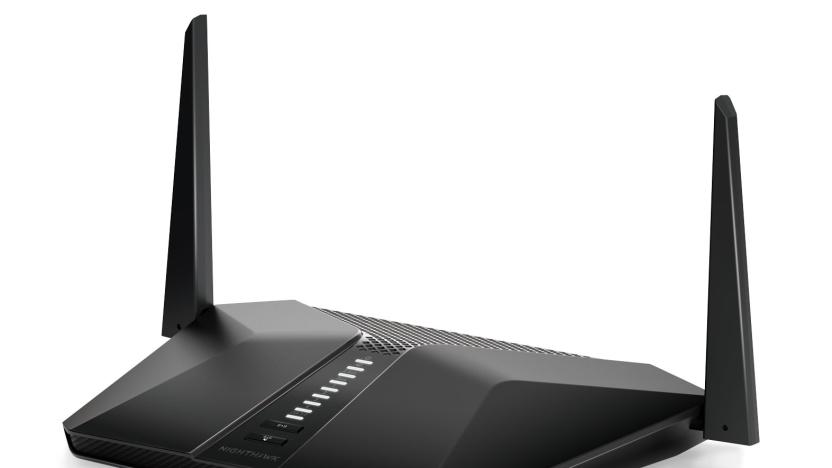
Netgear's latest WiFi 6 router is cheaper, but still costs $200
If your router can't handle your growing number of gadgets, Netgear's latest WiFi 6 router could solve the problem. The freshly-announced Nighthawk AX4 comes in yet another spaceship-like design, and offers dual-band 4-stream WiFi with up to 600 + 2400Mbps speeds -- a generous 3Gbps in total. These are handled by the AX4's dual-core processor plus Intel's WAV600 WiFi chipset, with the latter being notable as this is Intel's first foray into the WiFi 6 router market. As for physical ports, the AX4 comes with five Gigabit Ethernet ports (one WAN and four LAN) plus a USB 3.0 socket.
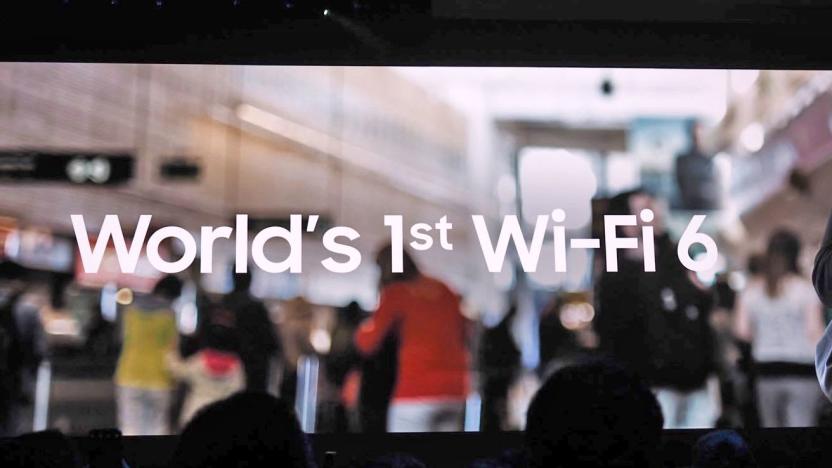
Samsung's Galaxy S10 provides a sneak peek at WiFi's future
Samsung's Galaxy S10 and S10+ have a lot going for them; their luscious OLED displays, the in-screen fingerprint reader, and they each have three rear-facing camera lenses. Another interesting feature on both these phones (as well as on the lower-end S10e), is the support for WiFi 6, the very latest in WiFi standards. In fact, Samsung claims that the S10 series of handsets will be the first-ever to adopt WiFi 6. I had a chance to test this out following the Galaxy Unpacked event earlier today, and though there are a few significant caveats, I did think it was a lot faster than I expected. To recap, WiFi 6 is another way of saying 802.11ax, and will be the WiFi standard of the not-too-distant future. It promises over 10Gbps speeds under ideal conditions, but more importantly, it will supposedly allow double the amount of data streams, which will help limit congestion. That means more simultaneous 4K streams, gaming and file-downloading than ever before. It also promises something called Target Wakeup Time, which will apparently extend the battery life of devices like smart thermostats and locks by avoiding frequent device wake calls. In short, WiFi 6 is for the home of the future. Following the Samsung Galaxy Unpacked event, I noticed that several S10s in the demo area were connected to a WiFi 6 network; there's a tiny number 6 on the top right of the WiFi symbol to indicate this. There were well over a hundred different S10s at the event, and I can't be certain that they were all hooked up to the same WiFi router, but a vast majority of them did have a WiFi 6 symbol. I ran a speed test on a handful of these phones (I used the browser and loaded fast.com), and found that most of them had speeds of 76Mbps. No, that's not really a blockbuster speed, but based on my experience, that's still a lot better than the WiFi speeds at most large-scale events. I went ahead and changed the WiFi network on some of them to a separate WiFi SSID at the event (it was the SSID meant for press and attendees), and saw that the 6 symbol was no longer there, which tells me that this particular WiFi network did not support WiFi 6. Then I ran the speed test again, and it was much slower; around 6Mbps (I also ran the same speed test using my iPhone XS -- pictured above -- on the aforementioned event WiFi network, and it was around the same speeds). There are too many variables to really say one is definitively better than the other -- there's no telling how many devices were connected to each network, and I don't know if the routers were in the same room or what their settings were. Plus obviously this was in a relatively controlled environment, and Samsung probably made sure the WiFi speeds for the S10 demo phones were better than average. But considering that most event WiFi speeds are very dire -- certainly closer to the 6Mbps end of things -- I was still fairly impressed to see the WiFi 6 phones clock in at that aforementioned 76Mbps. This doesn't mean you need to go out and get the S10 immediately if you want a WiFi 6 phone. For one thing, WiFi 6 isn't widely available right now; there aren't that many WiFi 6 routers on the market, and they're pretty pricey at around $300 or more each. Plus, there will most definitely be more WiFi 6 phones in the future; the S10 is just the first out the gate. But, if you're in the market for a new phone, and you want one that's pretty future-proof, then the S10 might not be a bad idea.

Samsung's Galaxy S10 phones will support next-generation WiFi
Samsung's upcoming Galaxy S10 phones are set to support next-generation WiFi amid a broader expansion of WiFi 6 (802.11ax) availability this year. Three versions of the phone, including an S10+ and cheaper S10E, should be compatible with the standard, according to FCC filings Droid Life unearthed.
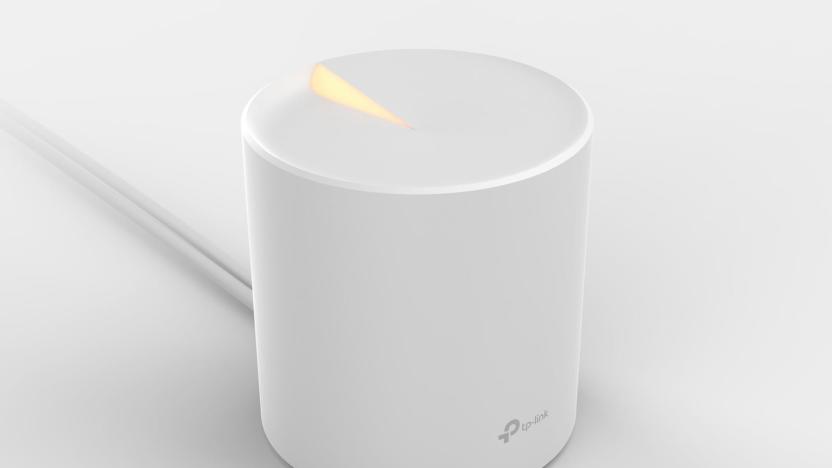
TP-Link's newest WiFi 6 routers include its first mesh-ready model
TP-Link is ready to come out swinging now that the high-speed WiFi 6 standard is here in earnest. The company is expanding on its recent introduction of two high-end routers (the Archer AX11000 and AX6000) with three more devices that include its first WiFi 6-capable mesh router, the Deco X10. The seemingly timid-looking cylinder can dish out speeds up to 1.95Gbps across its three bands, ensuring that you get a cutting-edge connection whether you're in the den or the bedroom. It'll arrive in the third quarter of the year and cost $350 for a two-pack.
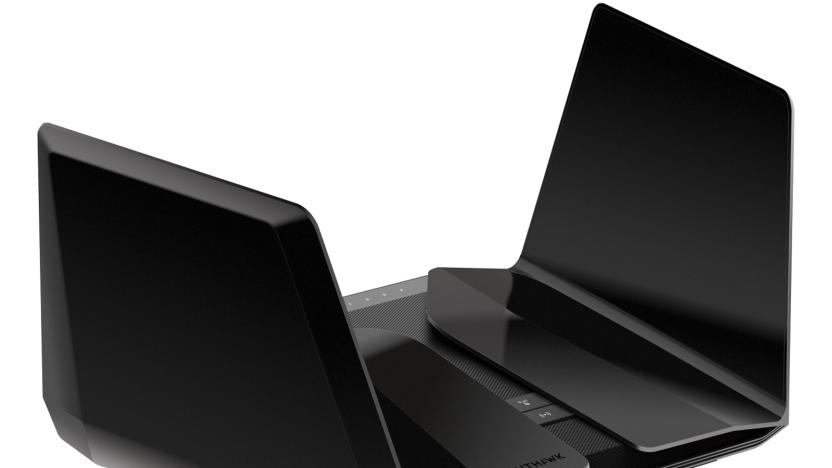
Netgear's first WiFi 6 routers look like stealth fighters
Netgear is very clearly determined to maintain its reputation for outlandishly styled, high-performance WiFi routers. The company has unveiled its first routers using the WiFi 6 (aka 802.11ax) standard, and... well, just look at them. Both the Nighthawk AX8 and Nighthawk AX12 more closely resemble stealth fighters than networking equipment (to better position the antennas, Netgear said), and they appear to have the speed to match. Both can handle up to 6Gbps of wireless data traffic at any one time, tout "optimized" quad-core processors to juggle all that traffic and promise 25 percent higher data efficiency thanks to 1024 QAM. They're ready for your eventual multi-gigabit cable or fiber connection, then, and could be helpful if you're regularly transferring massive files between devices.
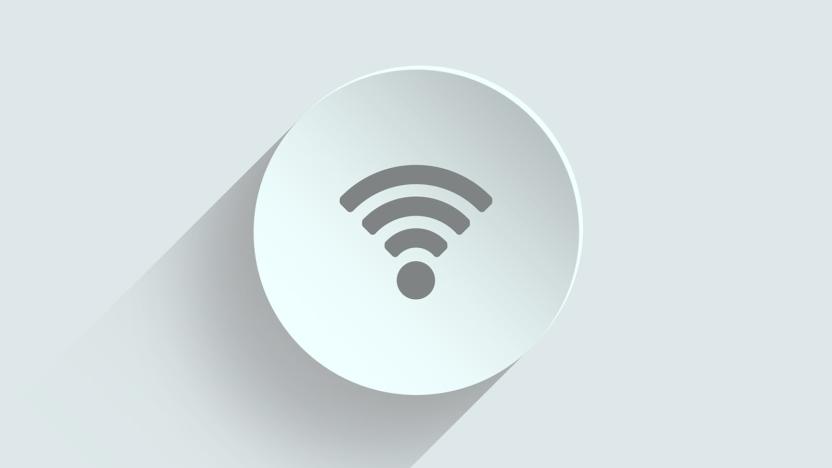
The next generation of wireless networking will be called WiFi 6
Not all WiFi is created equal, and determining which generation of WiFi technology your devices use can be pretty complicated. Did you know that 802.11n predates 802.11ac, for example? For those that don't, the Wi-Fi Alliance is about to make things easier, introducing the next version of WiFi -- 802.11ax -- simply as "WiFi 6."






